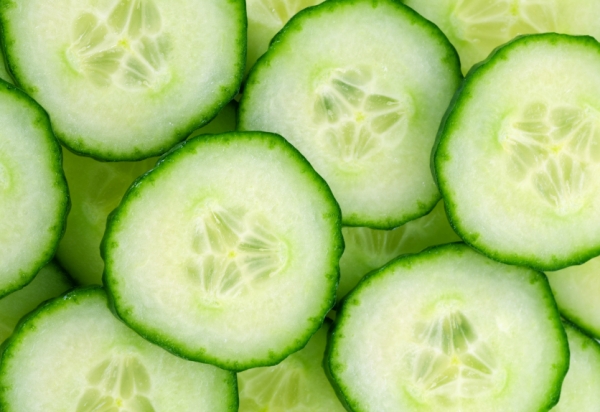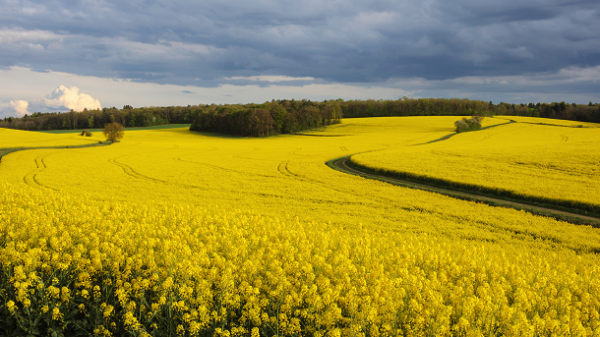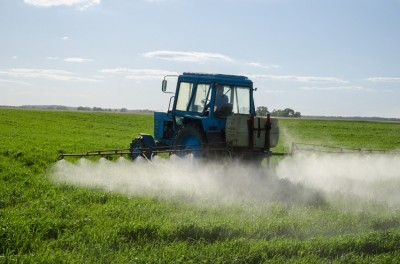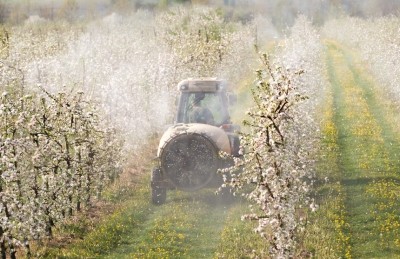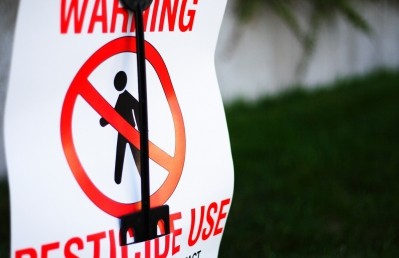Pesticide data suggests EU food is safe; campaigners disagree
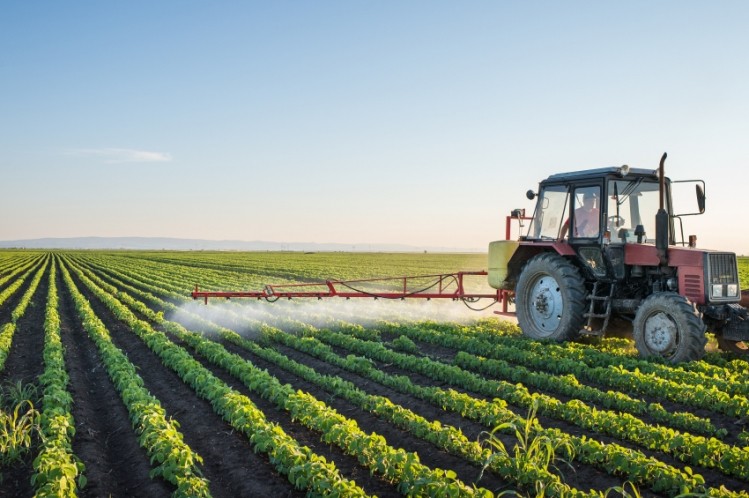
Some 82,649 samples were analysed across the 28 member states as well as Iceland and Norway. Of the 97% that complied with the law, 53.6% were free of quantifiable residues and 43.4% contained residues within permitted concentrations.
A total of 2.9% of the samples (2,421) exceeded these so-called maximum residue levels (MRLs). Taking into account the measurement uncertainty, 1.6% of the samples (1,341) “clearly exceeded” the legal limits (non-compliance) triggering legal or administrative actions by competent authorities, EFSA noted in its 140-page report.
However, current dietary exposure to pesticide residues is “unlikely” to present a risk to the health of Europeans in the long term (chronic) or short term (acute), EFSA concluded.
Jose Tarazona, head of EFSA’s pesticide unit, said the high compliance rate – in line with previous years – shows that “the EU is continuing to protect consumers by controlling the presence of pesticide residues in food”.
Campaigners begged to differ, and raised concerns about the MRLs, which they said are a “theoretical” and at times “political” concept.
Pesticide Action Network (PAN) in a statement: “What EFSA does not communicate on, is that there is currently no risk assessment of the toxicity of combined exposures: the risk assessment is carried out pesticide by pesticide, individually and not in combination. It is thus incorrect to classify this food as ‘safe’ for human health.”
This week EFSA launched a so-called ‘MixTox’ project to assess risks from exposures to potentially hazardous chemical blends.
Multiple problems?
PAN published data that showed the percentage of ‘multiple residues’ in European vegetables and fruit, for example, increased again in 2014 to 28.3%.
EFSA’s full report shows oranges, pears and cucumbers have the highest rates of multiple residues. More than 6.5% of cucumbers and oranges had six residues or more, whilst in pears it was more than 10%.
EFSA has now stopped publishing details on the highest reported number of different chemicals found in any one sample, but last year’s report showed grapes and raisins containing almost 30 pesticides.
“Ten years ago, EFSA was requested to assess the risk of exposure to multiple residues of pesticides,” said PAN-Europe’s Hans Muilerman. “Nothing has been implemented up to now, despite the evidence that the current method is not safe.”
French consumer group Que Choisir recently found 85 different chemicals on fruit samples. Of those that were pesticide free, all bar one were organic.
EFSA’s report showed that 98.8% of organic products were either free of residues or had residues that were within legal limits.
The meat samples tested were largely free from pesticide residues. However, “careful reading of the figures”, as PAN put it, indicated that meat often contains residues of persistent pesticides that have been banned due to their toxicity to humans.
Glyphosate results
EFSA wants to reduce the analysis of animal products so it can focus more on animal feed crops, including soya bean, rapeseed and barley. It has also proposed mandatory analysis of glyphosate in these.
A new section of this year’s report focused on the herbicide. Only 4,721 samples were tested for the substance, 4.2% of which contained measureable levels within legal limits.
Glyphosate has been the subject of intense scrutiny this year after experts at the World Health Organisation and those at EFSA were at odds about the risks it poses to human health: WHO concluded it is probably carcinogenic but EFSA said it is unlikely to be.
The license for use was extended for 18 months back in June, far less than the 15-year extension that had been extended.
Going forward, EFSA said its pesticide report should include honey, as well as small fruits, berries and tea, which were “frequently identified” as containing residues.
